
For most of us, it’s natural to visualize the characters and setting of a book. We use our mind’s eye to imagine it and have a clear picture of the scene playing out in our imagination. Others claim to go beyond that and actually piece the scattered scenes seamlessly together into a mental movie. They can tell you how the characters are dressed, where they go, and what they do. However, when asked for details such as a character’s eye color, the movie producer is stymied.
Then again, some folks are unable to see what they read and cannot grasp the concept of visualizing the words they take in through their eyes. Aphantasia is the inability to create mental images of real or imaginary people, places, or things. This rare medical condition only affects two percent of the population, and the degree to which it hampers a person’s ability to form mental images varies from person to person. Although having aphantasia doesn’t stop them from reading, it may influence the types of books they enjoy. These readers may prefer nonfiction, fact-based literature over fiction, or action/plot-driven novels over descriptive writing. The end result is the same either way; we all love to read.
Have You Ever Thought About How You Read?
Is it just the action that keeps your interest, or do you “see” the story unfold as you follow the words in the book?
The majority of fiction lovers create a visual image to match the words. Again, the complexity depends on the individual. Talking with avid readers, you discover that getting lost inside a story is not uncommon. They lose track of time and don’t want to come back to the real world. It’s fun to imagine “being there” witnessing the action firsthand as it happens. Oftentimes, the story stays with them for days after reading the last page, rehashing their role in the tale.
The thrill of using our mind’s eye to see the action as we read should begin early. It’s essential that children learn how to visualize at a young age. When preschoolers and kindergarteners can draw pictures to go along with a story, the teacher/parent knows the young ones comprehend what they are hearing. I’ve read that eighty percent of what we understand comes through visual cues. As kids progress from picture books to more complex books, it's essential that the young readers are comfortable using their imaginations to create their own mental movies.
Does Everybody Visualize the Same Thing?
Of course not! We may all be looking at or hearing the same set of words, but we perceive them differently.
That’s the beauty of being unique individuals. What we see when we read is just one of many indicators of how we’re different.
Our experiences influence our perceptions. Our past experience, education, culture, values, and other factors predispose us to pay attention to certain information and organize and interpret the data in specific ways. According to MIT neuroscientists, these expectations, also called “prior beliefs,” help us make sense of what we perceive in the present, based on similar past experiences.
In other words, no two people think alike. Since we don’t think the same way, our mental images when we read will differ as well.
We should constantly strive to remember that no one will come away with the same impressions from mutual experiences. Don’t assume when your friends read the same book, they saw what you saw. Books are not solely about words. Visualization is distinctive, but so are most perceptions.
Years ago, I talked with a group of middle-schoolers about the Wee People fantasy series I wrote for their age range. I instructed them to close their eyes and picture the scene in their minds while I read a passage from the book.
I intentionally do not use a whole lot of detailed descriptions in my writing. I want readers to have the opportunity to let their imaginations run wild. When asked what they saw in their mind’s eye as they listened to the excerpt, the kids’ answers varied from A to Z. A few pictured the protagonists having brown hair. Others argued for black, blond, short, long, straight, or curly. Clothes varied from shorts and t-shirts to jeans to more medieval-era clothes to match the setting.
I loved it! The kids were surprised how much their classmates’ mental movies differed from their own. No one was wrong because there was no correct answer. Everyone had their own ideas, which made it so much fun for them and me.
For me, that’s the beauty of writing. As an author, it’s my job to create a story that takes the reader on a journey and gets those little gray cells churning madly away painting an accompanying mental picture. Having lots of descriptive language can set some people’s imaginations in overdrive. The more imagery, the better to help the reader dive into the heart of the story. On the other hand, some authors may take the same approach as I do – providing less information, allowing readers free reign to imagine the characters and scene to their liking.
Pay attention to how you read and when images form in your mind. Feel free to leave a comment and tell us what’s going on inside your head. Also, tell us what style of writing you like best—lots of descriptive imagery or just enough to allow you to paint your own picture?
Then again, some folks are unable to see what they read and cannot grasp the concept of visualizing the words they take in through their eyes. Aphantasia is the inability to create mental images of real or imaginary people, places, or things. This rare medical condition only affects two percent of the population, and the degree to which it hampers a person’s ability to form mental images varies from person to person. Although having aphantasia doesn’t stop them from reading, it may influence the types of books they enjoy. These readers may prefer nonfiction, fact-based literature over fiction, or action/plot-driven novels over descriptive writing. The end result is the same either way; we all love to read.
Have You Ever Thought About How You Read?
Is it just the action that keeps your interest, or do you “see” the story unfold as you follow the words in the book?
The majority of fiction lovers create a visual image to match the words. Again, the complexity depends on the individual. Talking with avid readers, you discover that getting lost inside a story is not uncommon. They lose track of time and don’t want to come back to the real world. It’s fun to imagine “being there” witnessing the action firsthand as it happens. Oftentimes, the story stays with them for days after reading the last page, rehashing their role in the tale.
The thrill of using our mind’s eye to see the action as we read should begin early. It’s essential that children learn how to visualize at a young age. When preschoolers and kindergarteners can draw pictures to go along with a story, the teacher/parent knows the young ones comprehend what they are hearing. I’ve read that eighty percent of what we understand comes through visual cues. As kids progress from picture books to more complex books, it's essential that the young readers are comfortable using their imaginations to create their own mental movies.
Does Everybody Visualize the Same Thing?
Of course not! We may all be looking at or hearing the same set of words, but we perceive them differently.
That’s the beauty of being unique individuals. What we see when we read is just one of many indicators of how we’re different.
Our experiences influence our perceptions. Our past experience, education, culture, values, and other factors predispose us to pay attention to certain information and organize and interpret the data in specific ways. According to MIT neuroscientists, these expectations, also called “prior beliefs,” help us make sense of what we perceive in the present, based on similar past experiences.
In other words, no two people think alike. Since we don’t think the same way, our mental images when we read will differ as well.
We should constantly strive to remember that no one will come away with the same impressions from mutual experiences. Don’t assume when your friends read the same book, they saw what you saw. Books are not solely about words. Visualization is distinctive, but so are most perceptions.
Years ago, I talked with a group of middle-schoolers about the Wee People fantasy series I wrote for their age range. I instructed them to close their eyes and picture the scene in their minds while I read a passage from the book.
I intentionally do not use a whole lot of detailed descriptions in my writing. I want readers to have the opportunity to let their imaginations run wild. When asked what they saw in their mind’s eye as they listened to the excerpt, the kids’ answers varied from A to Z. A few pictured the protagonists having brown hair. Others argued for black, blond, short, long, straight, or curly. Clothes varied from shorts and t-shirts to jeans to more medieval-era clothes to match the setting.
I loved it! The kids were surprised how much their classmates’ mental movies differed from their own. No one was wrong because there was no correct answer. Everyone had their own ideas, which made it so much fun for them and me.
For me, that’s the beauty of writing. As an author, it’s my job to create a story that takes the reader on a journey and gets those little gray cells churning madly away painting an accompanying mental picture. Having lots of descriptive language can set some people’s imaginations in overdrive. The more imagery, the better to help the reader dive into the heart of the story. On the other hand, some authors may take the same approach as I do – providing less information, allowing readers free reign to imagine the characters and scene to their liking.
Pay attention to how you read and when images form in your mind. Feel free to leave a comment and tell us what’s going on inside your head. Also, tell us what style of writing you like best—lots of descriptive imagery or just enough to allow you to paint your own picture?
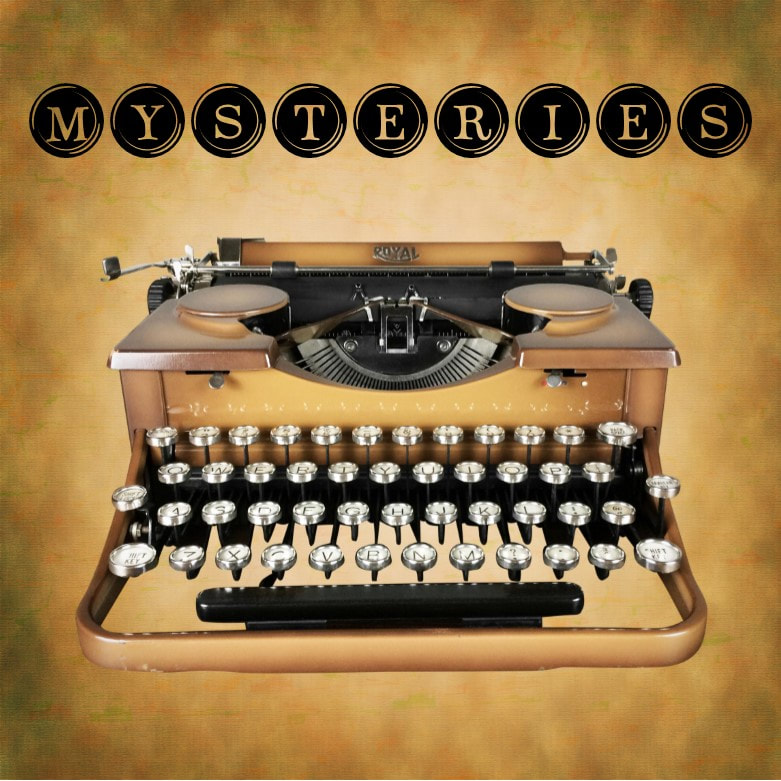

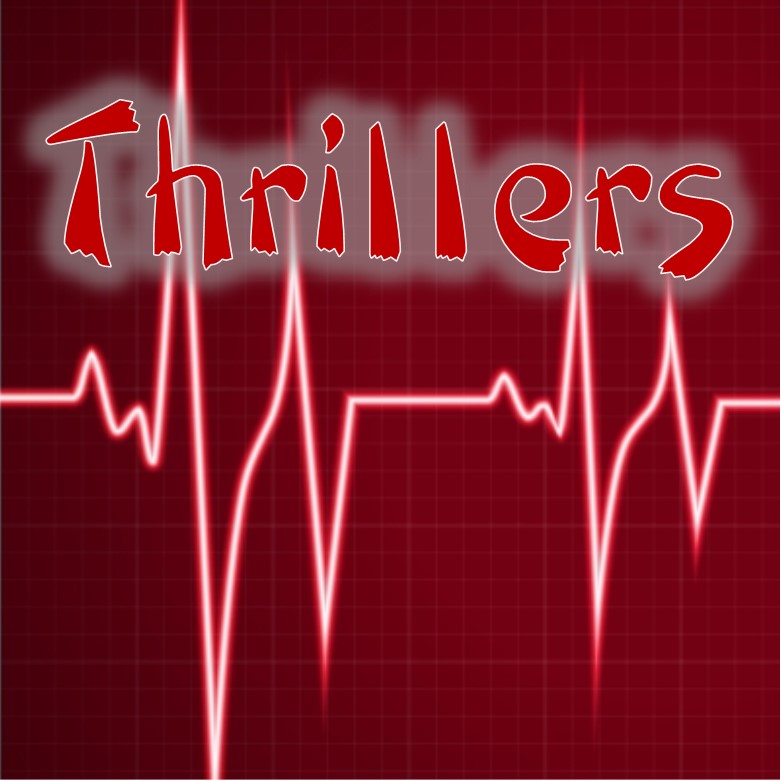
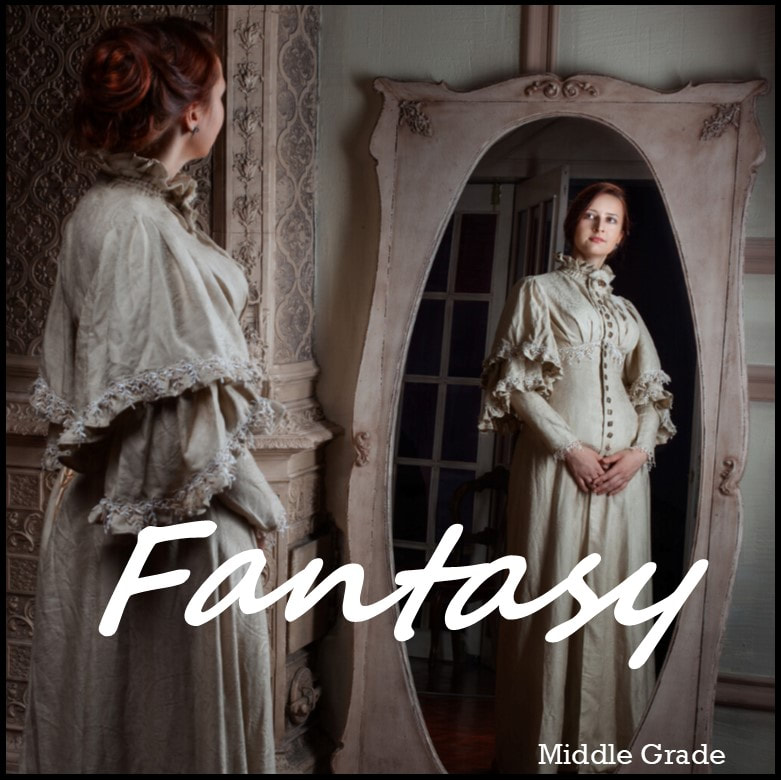

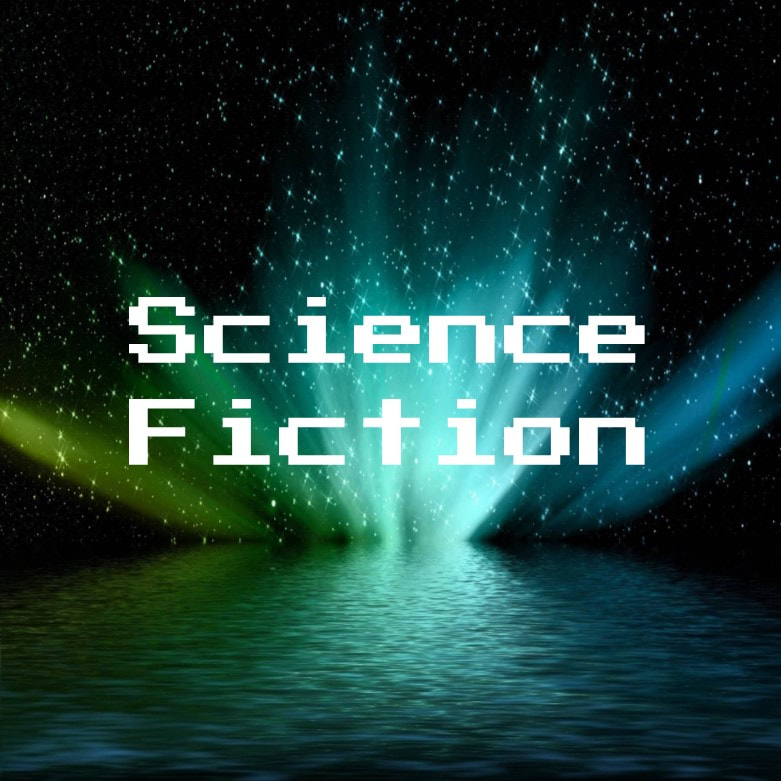
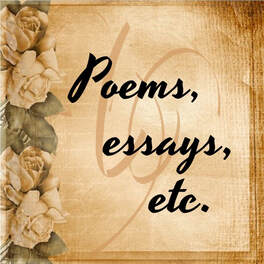


 RSS Feed
RSS Feed